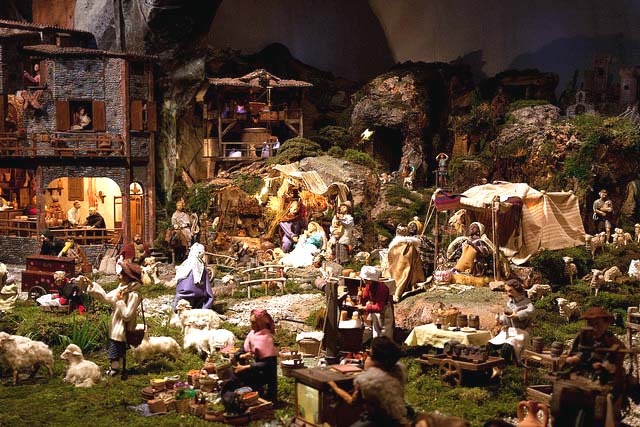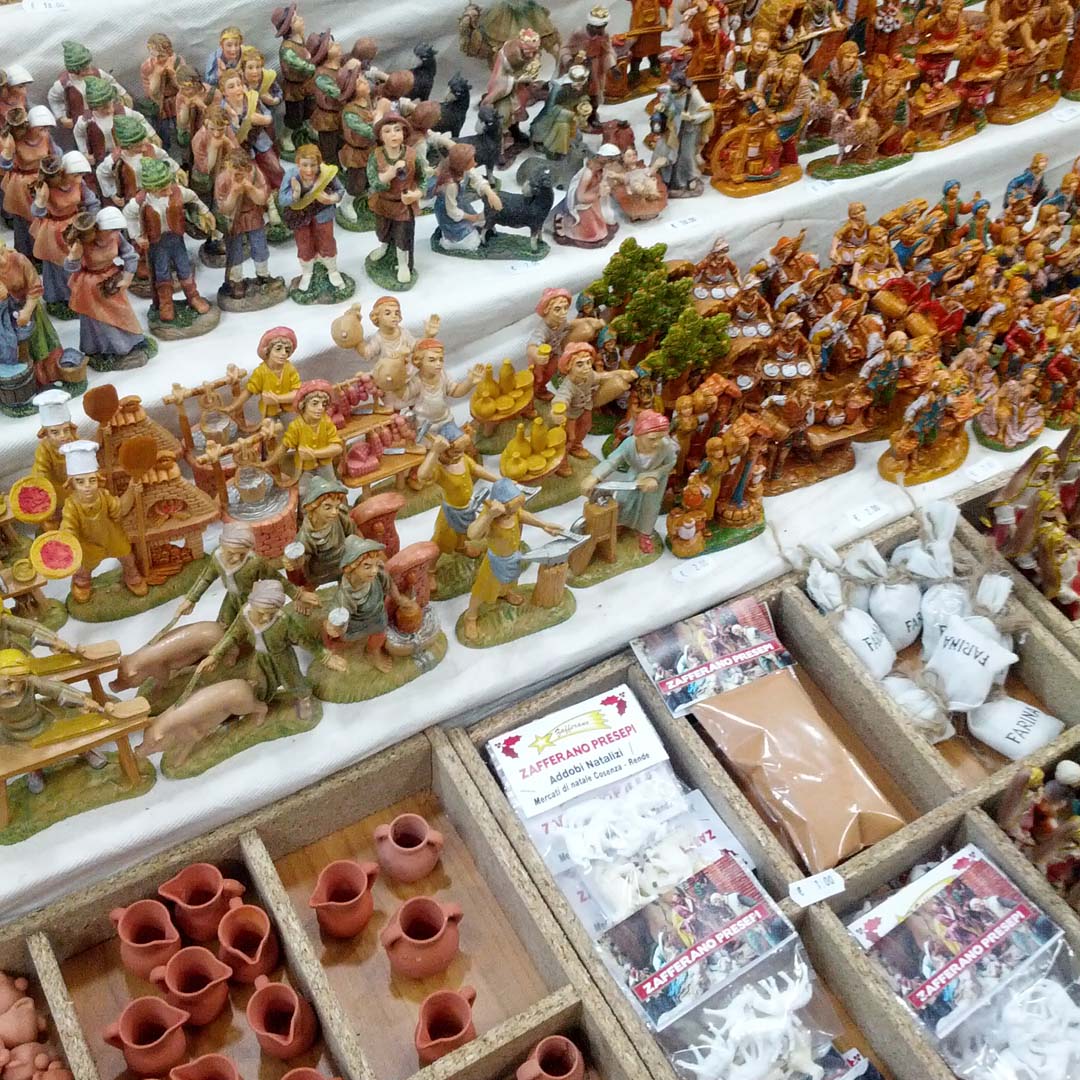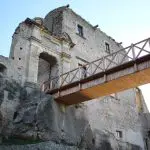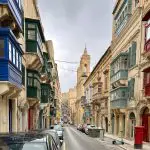
As much as the Christmas tree has become a universal symbol of Christmas, but here in Italy, the Presepe (Nativity Scene) is still very much the star of this festive season!
Now that the Immaculate Conception has passed, it will be tough to find an Italian home that doesn’t have a presepe set up somewhere in their home. They can get pretty elaborate here; some even getting their own room!

So, what exactly is a presepe? In the simplest of terms, it’s a display, or scene, that depicts the events and characters leading up to the birth of baby Jesus. A traditional nativity will always have five key pieces: the stable, Jesus’ crib, Mary and Joseph and, of course, baby Jesus. It’s traditional to set up the scene without baby Jesus in the manger until his birth on Christmas Eve, when he is placed in the empty manger completing the nativity scene.
Nativity scenes as we know them today weren’t always a Christmas tradition. It is believed that St. Francis of Assisi is the one responsible for the first nativity scene. Way back in 1223, St. Francis of Assisi was worried that the true meaning of Christmas was becoming overshadowed by materialism and gift-giving, so he decided to create a live re-enactment of the nativity scene in a cave in Greccio, a small hilltop town in the Province of Rieti in Lazio. Live re-enactments of Nativity Scenes, known as “Presepi Viventi” are still re-created today in many towns and cities across Italy.
By the mid-1500’s, nativity scenes began to make appearances in churches and the homes of the wealthy. Many give credit to King Charles III of Spain for bringing the nativity scene to the South of Italy, in particular Napoli, in the 1700s. From that moment on Napoli became, and essentially still is, the epicentre for presepe craftsmanship. People continue to flock to the historic centre of Napoli, to Via San Gregorio Armeno, known for its artisan shops that have become famous for their handcrafted nativity pieces. During the Christmas season, many tourists visit this renowned street to admire the creative and unique work of local artisans.

With the passing of time, nativity scenes became more and more common throughout the rest of Italy and by the 1800s could be found in most homes. After that they began to spread to other Christian countries across the globe.
Today, nativity scenes are a very important part of the Christmas tradition in Italy, with many families adding to their personal presepe each year. It’s no wonder that over the years, we’ve seen some pretty amazing nativity scenes rich with detail and wild imagination.
Image Credits: Nicola Abbiuso, Viaggio Routard









